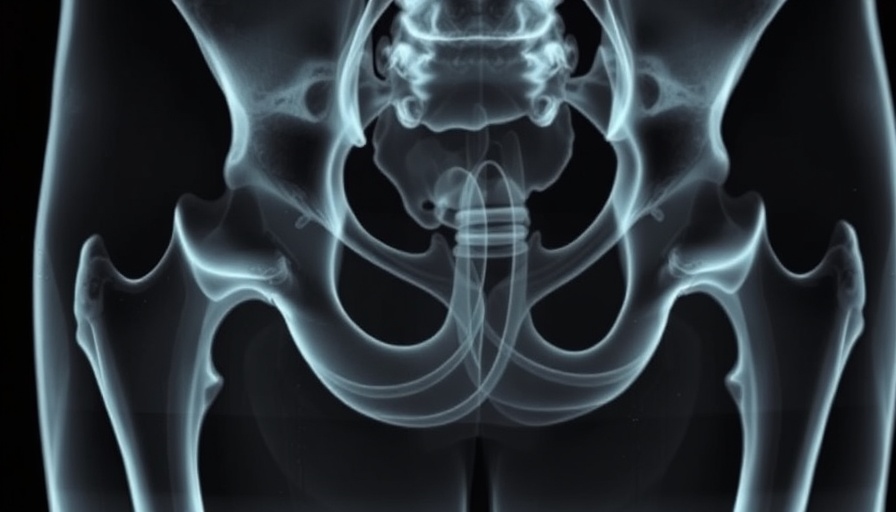
Understanding Type II Cryoglobulinemic Vasculitis in Sjögren's Disease
For those living with Sjögren's disease, a chronic autoimmune disorder primarily affecting moisture-producing glands, the implications of concurrent health issues like cryoglobulinemic vasculitis can be devastating. A recent study conducted in France has uncovered alarming insights regarding the prognosis of patients diagnosed with type II cryoglobulinemic vasculitis, indicating a significantly higher risk of lymphoma and mortality compared to other subtypes of vasculitis.
The Study: An Eye-Opening Retrospective Analysis
The research involved a detailed retrospective analysis of 54 patients diagnosed with primary Sjögren's disease and cutaneous vasculitis, segmented into those afflicted by types of cryoglobulinemic vasculitis. Among the participants, 29 were diagnosed with cryoglobulinemic vasculitis, primarily type II. The data, analyzed between March 2023 and March 2025, revealed critical findings: patients with this condition exhibit almost a sevenfold increased risk of death or developing non-Hodgkin lymphoma compared to patients with other types of small-vessel vasculitis.
Key Findings: What We Now Know
One of the standout revelations from this study is the markedly elevated incidence of lymphoma. Patients with type II cryoglobulinemic vasculitis demonstrated a lymphoma incidence rate of 21%, compared to 0% among those diagnosed with other types of vasculitis. Additionally, the mortality risk for this group reached an alarming 29%. Such statistics reinforce the need for heightened monitoring and specialized care for patients affected by this specific condition.
Risk Factors and Underlying Conditions
This group of patients also displayed a higher likelihood of experiencing other serious complications, including subacute cutaneous lupus and kidney involvement. Specifically, 63% of those with type II cryoglobulinemic vasculitis experienced peripheral nervous system symptoms—a stark contrast to just 12% of patients with other types of vasculitis. These findings point to the severe implications of this subtype, implying that patients may require multifaceted treatment approaches.
Treatment Approaches: Navigating Challenges
Among the 24 patients with type II cryoglobulinemic vasculitis, a notable number were treated with rituximab, a drug often used for autoimmune disorders. Results showed that those receiving rituximab had a lower incidence of non-Hodgkin lymphoma (8%) compared to those who received alternative treatments (25%). However, mortality rates remained significant at 33% for the rituximab group and 25% for others. These figures underscore the complexity of treatment decisions surrounding this condition and the importance of personalized medical care.
A Call for Increased Awareness and Monitoring
As the study delineates, it is imperative for healthcare professionals to remain vigilant when treating patients with Sjögren's disease who develop type II cryoglobulinemic vasculitis. Early detection and ongoing monitoring are critical in preventing severe health complications, including the potential development of non-Hodgkin lymphoma. Additionally, support and education for patients about their risks can empower them to seek timely medical interventions.
Looking Ahead: The Importance of Research
More extensive studies are needed to determine the exact mechanisms behind the increased risks linked to type II cryoglobulinemic vasculitis. Understanding the pathophysiology could pave the way for innovative treatment modalities that may improve patient outcomes. Future research should also look into the psychosocial aspects of living with chronic conditions, emphasizing holistic care strategies that address both physical and emotional health.
As we navigate the complex landscape of autoimmune diseases, the findings surrounding type II cryoglobulinemic vasculitis should serve as a wake-up call. Awareness and education surrounding such risks can significantly impact patient care, leading to improved health trajectories for those buckling under the weight of these challenging diseases.
 Add Row
Add Row  Add
Add 



Write A Comment